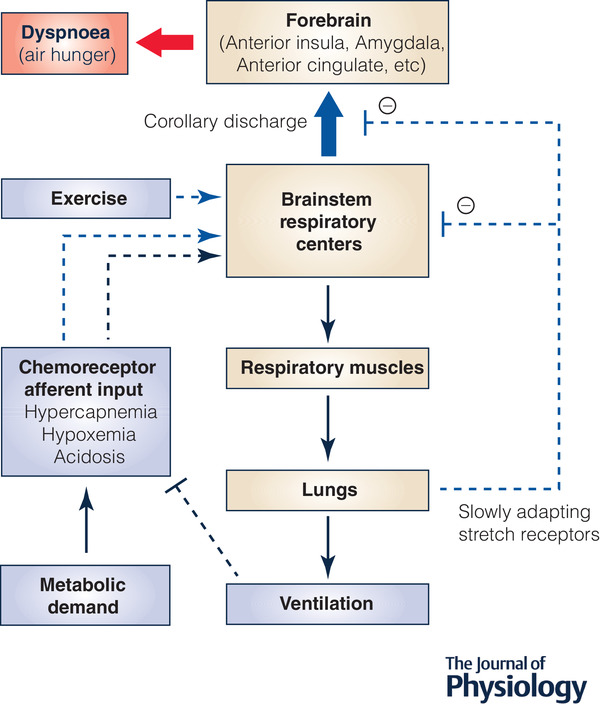The clinical presentation of COVID-19 due to infection with SARS-CoV-2 is highly variable with the majority of patients having mild symptoms while others develop severe respiratory failure. The reason for this variability is unclear but is in critical need of investigation. Some COVID-19 patients have been labelled with ‘happy hypoxia’, in which patient complaints of dyspnoea and observable signs of respiratory distress are reported to be absent. Based on ongoing debate, we highlight key respiratory and neurological components that could underlie variation in the presentation of silent hypoxaemia and define priorities for subsequent investigation.

Silent hypoxaemia in COVID-19 patients
https://physoc.onlinelibrary.wiley.com/doi/10.1113/JP280769